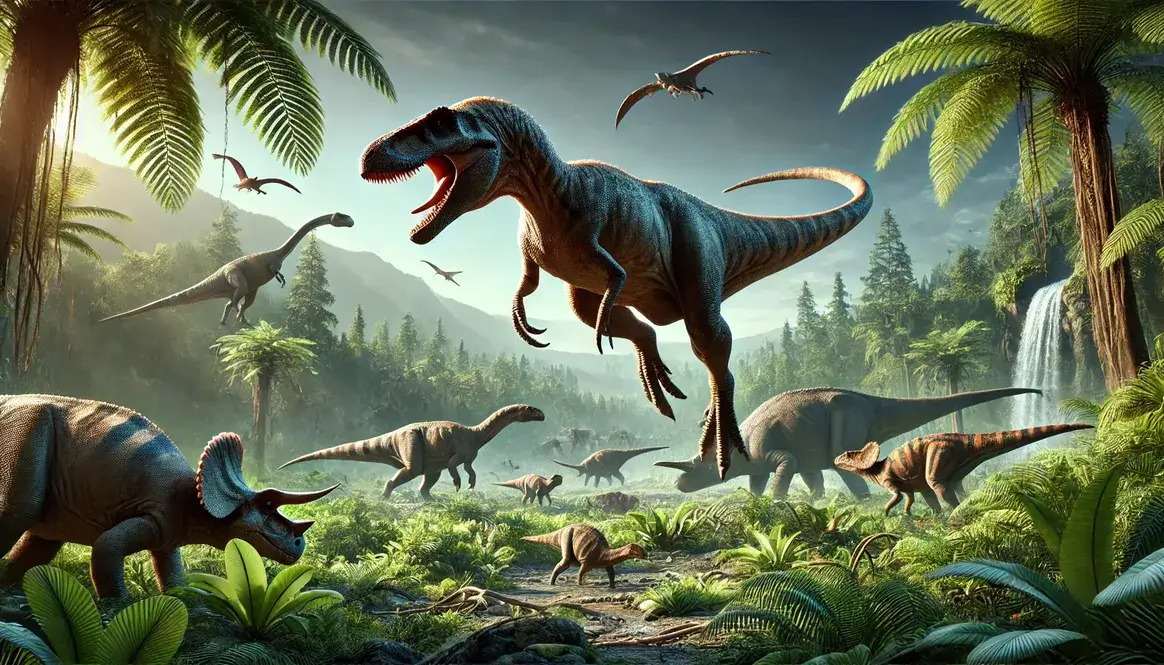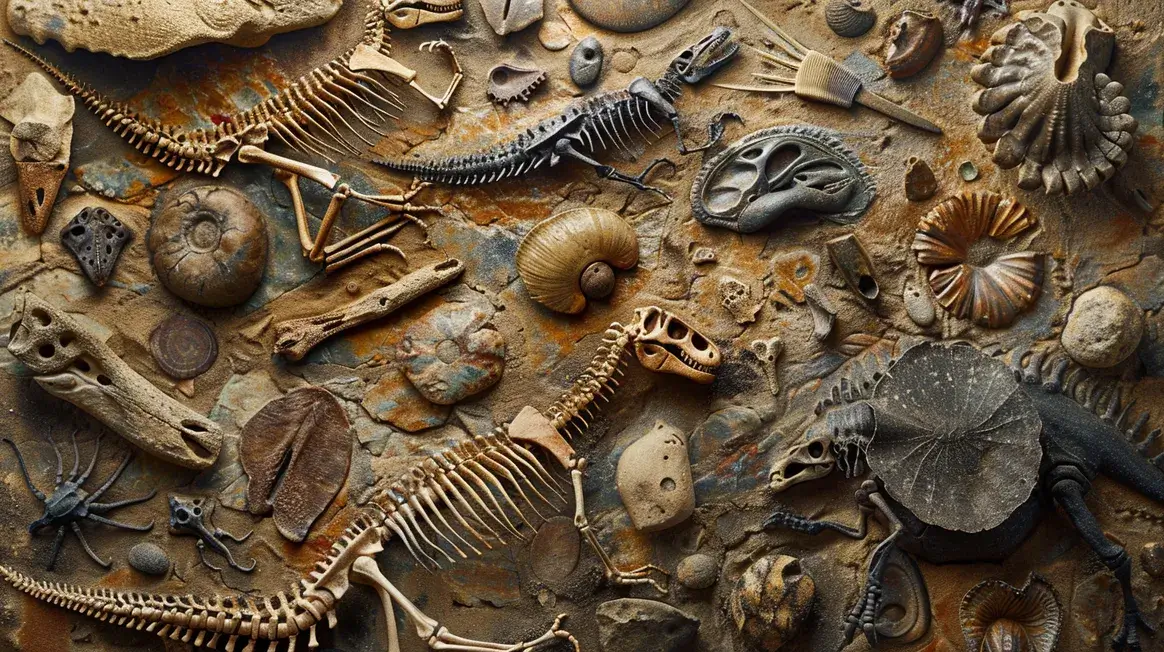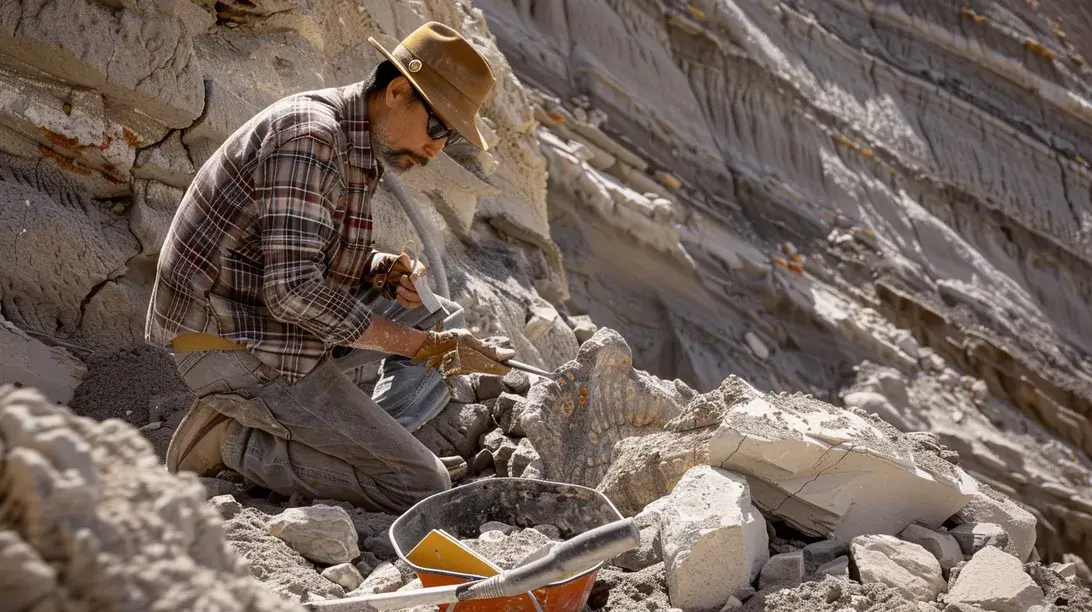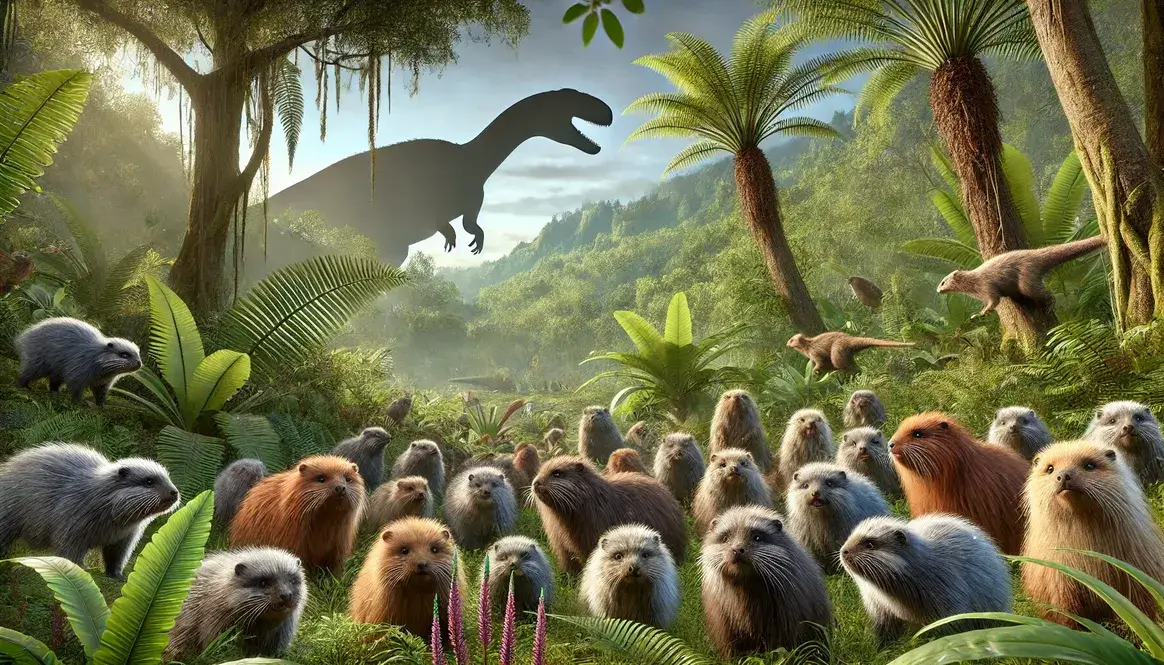Meet the Jurassic Predators
Imagine a world where massive creatures roamed the land, where the ground shook with each step of giant beasts. Welcome to the Jurassic period, home to some of the most fearsome hunters ever to walk the Earth: the Jurassic predators.
These meat-eating dinosaurs, known as theropods, weren’t just big and scary. They were nature’s way of keeping things in balance. Like the lions and wolves of today, Jurassic predators helped control the populations of plant-eating dinosaurs, making sure no single species got too numerous.
Major Theropod Groups of the Jurassic
The Jurassic saw the rise of several important groups of predatory dinosaurs. Each had its own unique features and hunting styles. Let’s explore these fascinating creatures!
Allosauroids
Allosaurus, the star of the Allosauroid group, was a true terror of the Jurassic. Its name means “different lizard,” and boy, was it different!
- Size: Up to 32 feet long
- Teeth: Large and curved, perfect for slicing
- Legs: Strong and built for speed
- Hunting style: Likely hunted in groups
Allosaurus and its relatives were the top dogs (or should we say top dinos?) of their time. They could take down prey much larger than themselves, thanks to their powerful build and pack-hunting behavior.
Megalosauroids
The Megalosauroids have a special place in dinosaur history. Megalosaurus was the first dinosaur ever to be scientifically described, way back in 1824!
These hunters were a bit different from their Allosauroid cousins:
- Long, narrow skulls with powerful jaws
- Strong arms with large claws
- More stocky build
Megalosauroids were jack-of-all-trades predators. They could hunt on land, and some scientists think they might have even gone fishing in rivers and lakes!
Ceratosaurians
Now, if you thought all Jurassic predators looked the same, the Ceratosaurians are here to change your mind. Ceratosaurus, the poster child of this group, had some truly unique features:
- A large horn on its snout
- Rows of bony plates along its back
- Relatively short arms
These features made Ceratosaurians stand out in the Jurassic landscape. They likely had different hunting strategies and prey preferences compared to other predators.
Each of these groups played a vital role in shaping the Jurassic world. They weren’t just mindless eating machines, but complex animals adapted to their environments in fascinating ways. As we continue to study their fossils, we learn more about how these ancient hunters lived and hunted in a world very different from our own.
Adaptations for Predation
Jurassic predators were like the Swiss Army knives of the dinosaur world. They had a whole toolkit of adaptations that made them top-notch hunters. Let’s dive into some of these amazing features!
Teeth and Jaws
Ever wonder how Jurassic predators could chow down on tough dinosaur meat? The secret was in their teeth and jaws:
- Teeth: Sharp, serrated, and curved backwards
- Purpose: Grip prey and tear off chunks of meat
- Replacement: New teeth grew continuously
Their jaws were no joke either. With powerful muscles and a bite force that could crush bone, these predators could take down even the toughest prey.
Sensory Abilities
Jurassic predators didn’t just rely on brute strength. They had keen senses that would make any modern-day predator jealous.
Vision: Large eyes with good depth perception
Smell: Highly developed olfactory bulbs for tracking prey
But that’s not all! Some scientists think these dinos might have had other sensory tricks up their sleeves, like the ability to detect low-frequency sounds or sense heat from prey.
Body Structure and Locomotion
Jurassic predators were built for the hunt from head to toe:
- Bipedal stance: Freed up arms for grabbing prey
- Strong legs: Powerful muscles for running and pouncing
- Stiff tail: Acts as a counterbalance for quick turns
- Sharp claws: Perfect for slashing and gripping
These features combined to make Jurassic predators fast, agile, and deadly efficient hunters.
Famous Jurassic Predator Species
Now that we know how they hunted, let’s meet some of the most famous Jurassic predators!
Allosaurus: The Apex Predator
Allosaurus was the T. rex of its time. This fierce hunter dominated the late Jurassic landscape.
| Feature | Description |
|---|---|
| Size | Up to 32 feet long, 10 feet tall at the hip |
| Weight | 2-3 tons |
| Diet | Large dinosaurs, including sauropods |
Fossil evidence suggests Allosaurus may have hunted in packs, taking down prey much larger than themselves. One famous fossil, nicknamed “Big Al,” gives us incredible insights into Allosaurus life and death.
Megalosaurus: The First Named Dinosaur
Megalosaurus holds a special place in dinosaur history. It was the first dinosaur ever to be scientifically described, way back in 1824!
- Initially thought to be a giant lizard
- Later recognized as a dinosaur
- Sparked the beginning of paleontology as we know it
Today, we know Megalosaurus was a powerful predator, about 30 feet long, that roamed what is now Europe.
Ceratosaurus: The Horned Hunter
If Allosaurus was the lion of the Jurassic, Ceratosaurus was more like a saber-toothed cat. Its most striking feature? A large horn on its snout!
Ceratosaurus had some unique hunting strategies:
- May have been a fish-eater
- Possibly hunted in shallow waters
- Horn might have been used in mating displays
This diverse diet might have helped Ceratosaurus avoid direct competition with larger predators like Allosaurus.
Torvosaurus: The Massive Megalosaurid
Last but definitely not least, we have Torvosaurus. This giant was one of the largest known Jurassic predators.
- Length: Up to 36 feet
- Weight: Possibly over 4 tons
Torvosaurus fossils have been found in North America and Europe, suggesting these giants had a wide range. They lived in diverse habitats, from coastal plains to inland forests, proving that big predators could thrive in many different environments.
These Jurassic predators, each with their unique adaptations and hunting styles, show just how diverse and fascinating the dinosaur world was. They weren’t just movie monsters, but real animals that played crucial roles in their ancient ecosystems.
Predator-Prey Relationships in Jurassic Ecosystems
The Jurassic world was like a prehistoric stage, with predators and prey engaged in a never-ending dance of survival. Let’s peek behind the curtain and see how these ancient animals interacted!
Common Prey Species
Jurassic predators had quite a menu to choose from. Their main course? Large herbivorous dinosaurs.
Top prey items:
- Sauropods (long-necked giants)
- Stegosaurs (plate-backed herbivores)
- Early ornithopods (bird-hipped plant-eaters)
But these prey animals weren’t defenseless. They evolved some clever tricks to avoid becoming dino dinner:
- Sauropods: Massive size, long necks for lookout
- Stegosaurs: Tail spikes (thagomizers) for defense
- Ornithopods: Speed and agility for quick escapes
Interestingly, some small mammals might have been on the menu too, though they were probably more like snacks than main courses for the larger predators.
Hunting Strategies
Jurassic predators were no slouches when it came to hunting. They had a variety of strategies to catch their next meal.
Solo Hunting:
- Ideal for smaller prey
- Relied on stealth and surprise
- Common among smaller predators
Pack Hunting:
- Allowed taking down larger prey
- Required coordination and communication
- Possibly used by Allosaurus and its relatives
Some predators might have been ambush hunters, lying in wait for unsuspecting prey. Others were built for the chase, using their speed and stamina to run down their victims.
Competition Among Predators
With so many predators around, competition was fierce. But nature has a way of reducing conflict:
Niche Partitioning:
- Different predators specialized in different prey
- Varied hunting times (day vs. night)
- Habitat preferences (forest vs. open plains)
For example, while Allosaurus might have focused on large sauropods, Ceratosaurus could have specialized in fishing or hunting smaller prey.
Evidence from fossil sites sometimes shows tooth marks from different predators on the same bones, suggesting that they might have fought over carcasses. Talk about a prehistoric food fight!
Legacy of Jurassic Predators
As we wrap up our journey through the world of Jurassic predators, let’s consider their lasting impact.
These ancient hunters were more than just scary monsters. They were key players in their ecosystems, helping to shape the evolution of both predator and prey for millions of years.
The adaptations that made Jurassic predators successful didn’t disappear with them. Many of these features, like keen senses, powerful jaws, and social hunting behaviors, can be seen in the predators that came after them, including the famous Tyrannosaurus rex of the Cretaceous period.
Even today, we can see echoes of these Jurassic hunters in modern predators. The pack hunting of wolves, the powerful bite of crocodiles, and the keen senses of birds of prey all have their roots in the predatory adaptations that first appeared or were perfected during the Jurassic.
From the lush forests to the open plains of the Jurassic, these predators ruled supreme. They navigated changing climates and shifting continents, adapting and evolving.









